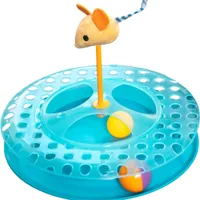Is it cruel to keep a cat indoors? Our vet shares her honest opinion
Find out whether it's possible to keep curious cats content inside
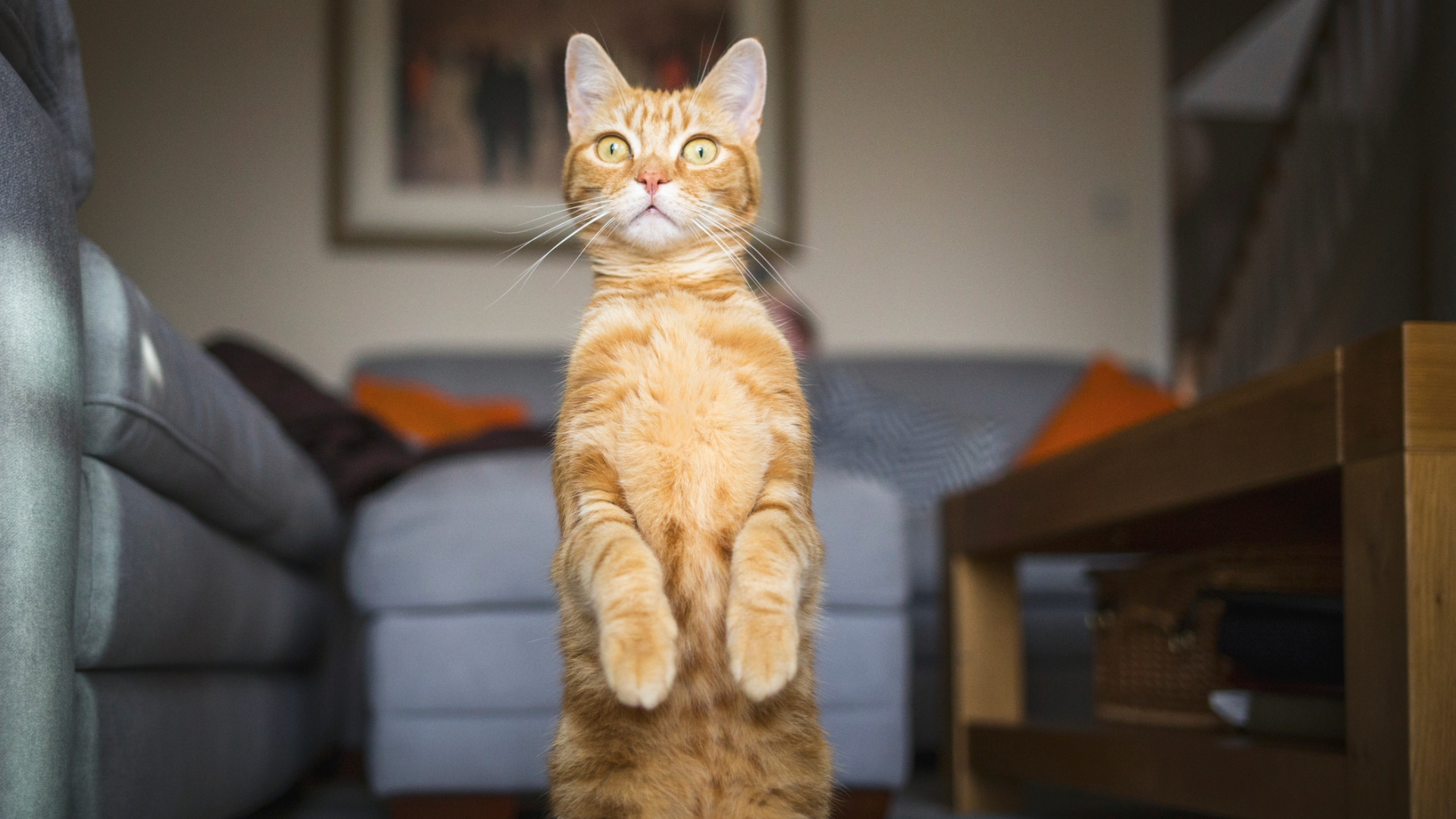
Is it cruel to keep a cat indoors? If you’re a cat owner trying to decide what’s best for your furry friend, this is a question that might be playing on your mind. It’s common to think of cats as outdoor explorers, climbing trees and wandering through their environment with ease and independence.
In today’s world, with the growing risks of traffic, territorial fights with neighboring cats, and other urban dangers, it’s no surprise that more owners are opting to keep their cats inside.
As a practicing vet with over 13 years of experience, I’ve worked with countless cats in my job. This includes indoor, outdoor, and those who’ve transitioned from one lifestyle to the other. Each cat is unique, and their needs can vary, but what remains constant is this: cats must have their emotional, physical, and behavioral needs met, no matter where they live.
Below, we’ll look at whether indoor living is harmful or helpful, whether cats get sad when kept inside, and how to make indoor environments as cat-friendly as possible. We’ll also cover how to care for outdoor cats transitioning to life indoors. For tips on boosting your cat’s wellbeing, don’t forget to check out our guide to the best cat toys for indoor cats.
Is it cruel to keep a cat indoors?
Keeping a cat indoors is not inherently cruel, but it can become problematic if their basic needs aren’t met. Whether or not indoor living suits your cat depends on their personality, health, and the type of home environment you’re offering.
Pros of indoor cats:
- Fewer injuries: Indoor cats are less likely to be hit by cars or attacked by other animals, which are common causes of injury in outdoor cats.
- Lower risk of disease: Staying indoors reduces exposure to infectious diseases such as feline immunodeficiency virus (FIV) and feline leukaemia virus (FeLV), which are often spread through contact with other cats.
- Less exposure to parasites: Indoor cats are far less likely to pick up fleas, ticks, and intestinal worms compared to those that roam outside.
- Protection from poisons: Toxic plants, antifreeze, pesticides, and other hazards are common outdoors. Indoors, your cat’s environment is much safer and easier to control.
- Avoiding getting lost or stolen: Cats that go outside risk getting lost, trapped, or even stolen. Keeping them indoors removes this risk entirely.
- Longer lifespan: Studies show that indoor cats tend to live longer, primarily due to reduced risk of trauma and disease.
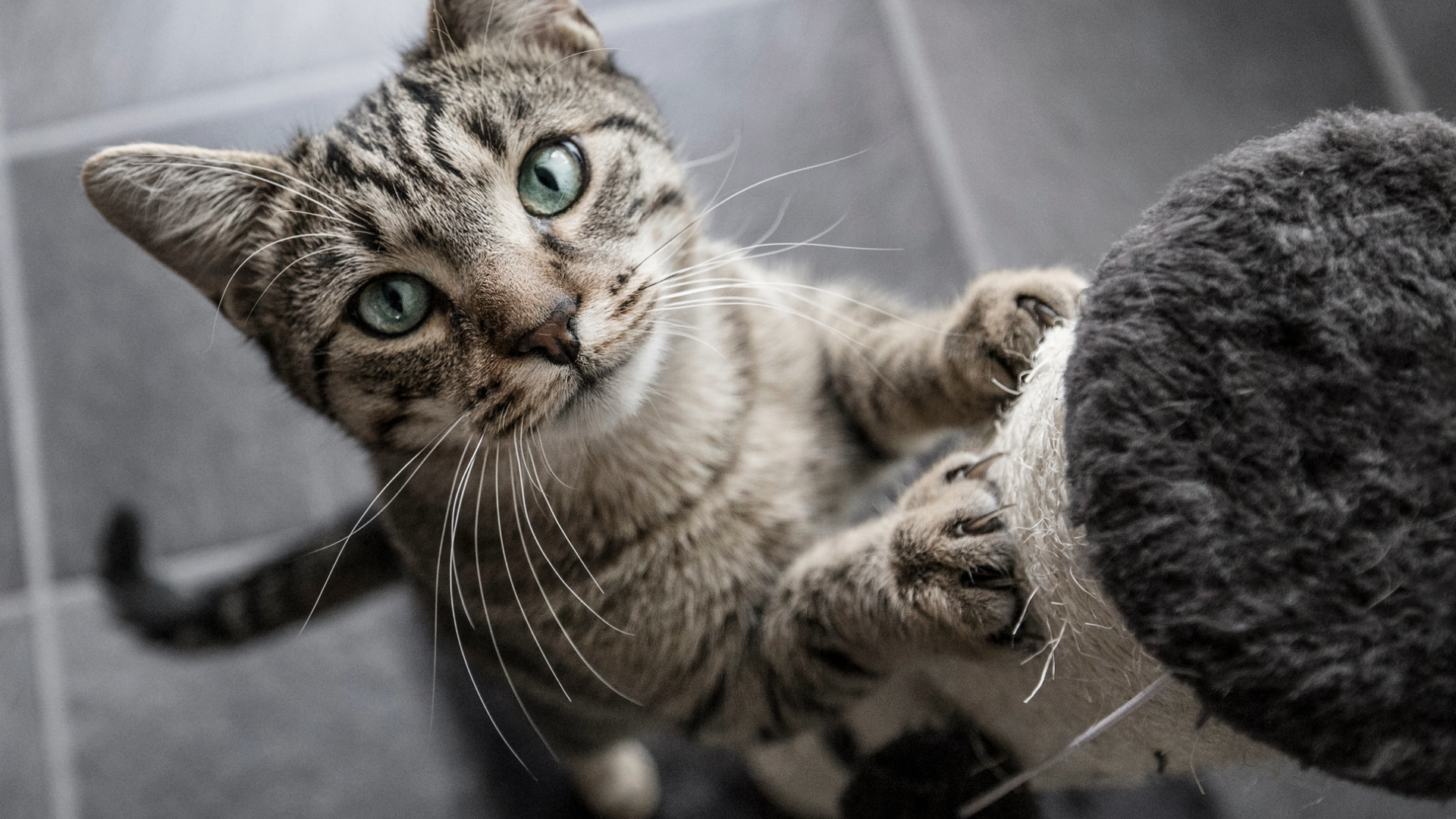
Cons of indoor cats:
- Boredom and behavioral problems: Without enough stimulation, cats may become anxious, withdrawn, or destructive.
- Lack of physical exercise: Outdoor cats stay active through natural movement. Indoor cats are more prone to a sedentary lifestyle, which increases the risk of obesity, joint issues, and related health problems.
- Lack of mental stimulation: Cats are natural hunters and explorers. Without opportunities to express these instincts, their quality of life can suffer.
- Litter box dependence: Unlike outdoor cats, who often toilet freely outside, indoor cats rely entirely on litter trays. If trays aren't cleaned regularly or if the environment isn’t suitable, this can lead to inappropriate toileting behaviors.
- Reduced autonomy: Some cats enjoy choosing their own routine and may find the restricted nature of indoor life frustrating, especially if they’ve previously had access to the outdoors.

So, is it cruel to keep a cat indoors? No, but it does require a commitment to creating a stimulating, enriched environment. With the right care, indoor cats can live content and happy lives.
Do cats get sad being indoors?
Some indoor cats can experience sadness or frustration, particularly if they’re not getting the mental and physical enrichment they need.
Get the best advice, tips and top tech for your beloved Pets
Cats are intelligent, curious animals that thrive on variety, play, and interaction. Common signs a cat may be feeling low or under stimulated indoors include:
- Hiding or withdrawing from family life
- Overgrooming or other self-soothing behaviors
- Unexplained irritability or aggression
- Lethargy or a lack of interest in play
- Overeating or changes in appetite
That said, certainly not all indoor cats are unhappy. Many are relaxed, affectionate, and confident in their indoor territory.
The key is offering a lifestyle that meets their instinctive needs. This can mean things like regular interaction, spaces to climb and hide, playtime, and environmental changes to keep things interesting.
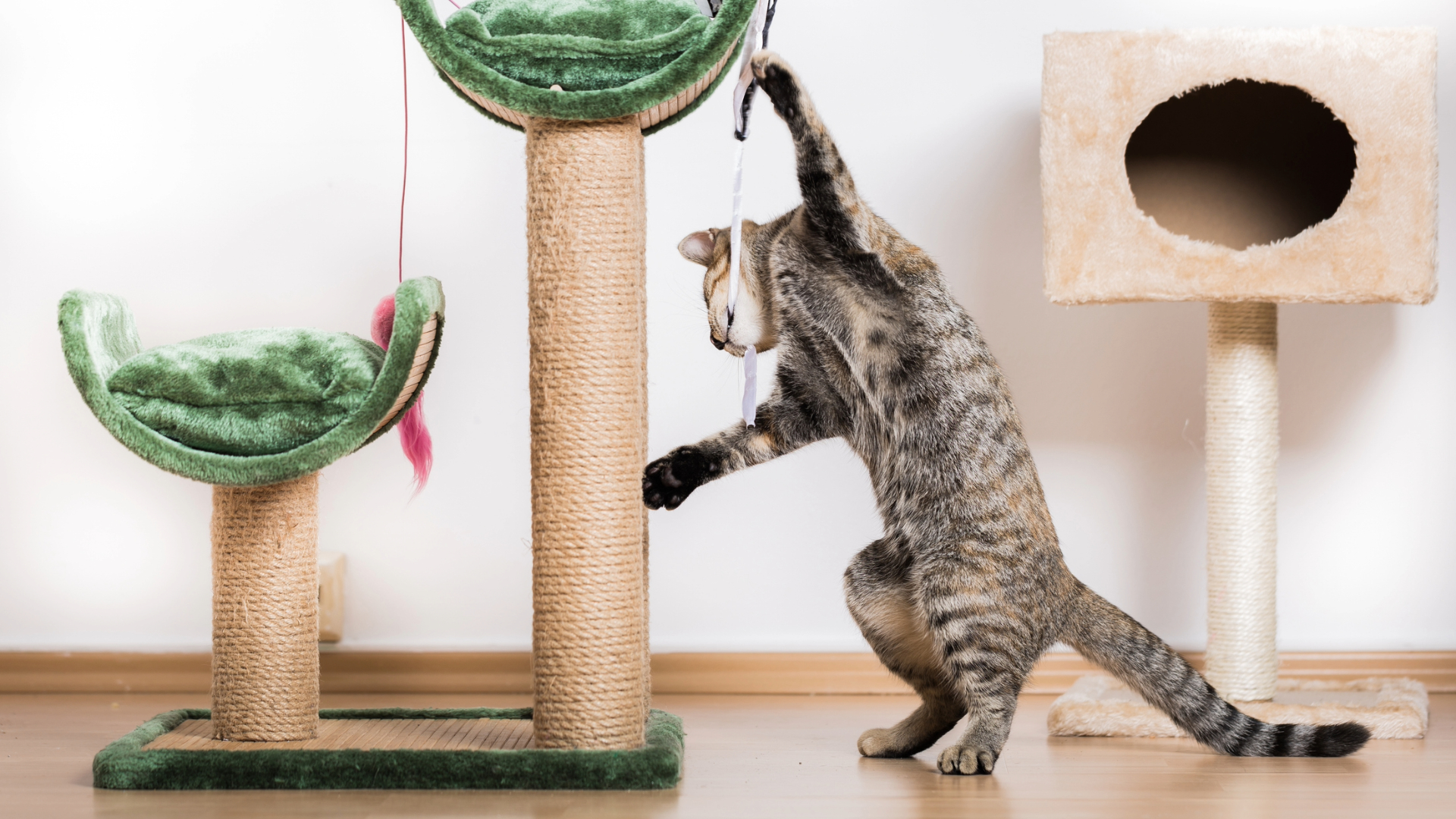
How to keep an indoor cat happy
Making life indoors rewarding and exciting for your cat is possible. Here are some vet-approved ways to keep your feline friend mentally and physically stimulated:
- Daily play sessions with the best cat toys: Use wand toys, balls, or small moving toys to mimic hunting. Rotate toys regularly to keep interest levels high.
- Climbing and exploration: Cats love vertical space. Install cat trees, shelves, or cat hammocks around the home so they can climb, perch, and watch the world go by.
- Interactive feeders and puzzles: Stimulate their brains with puzzle toys that make them work for food. This mimics natural foraging behavior.
- Hideouts and resting areas: Cats need quiet, secure places to nap where they feel safe and can relax. Offer cozy cat beds, boxes, or tents placed in quiet corners out of the way of the hustle and bustle of the home.
- Scratching posts: Scratching is essential for both physical and emotional health. Provide a mix of vertical and horizontal scratchers to suit their preference.
- Safe outdoor alternatives: If possible, consider building a secure catio or using a harness and lead for supervised outdoor exploration.
Catstages Cheese Chase Track | Amazon
Looking for a great way to keep your indoor cat entertained? The Catstages Cheese Chase Cat Toy is a triple-action toy featuring spinning balls, a central cheese wheel, and a catnip center. It’s fantastic for encouraging solo play, chasing instincts, and mental stimulation –perfect for indoor cats who need a little extra excitement.
A variety of textures, smells, sounds and toys can go a long way in preventing boredom in cats and keeping your cat’s mind engaged. Remember, indoor cats rely entirely on you for stimulation, so mix things up regularly and pay attention to what they enjoy most.
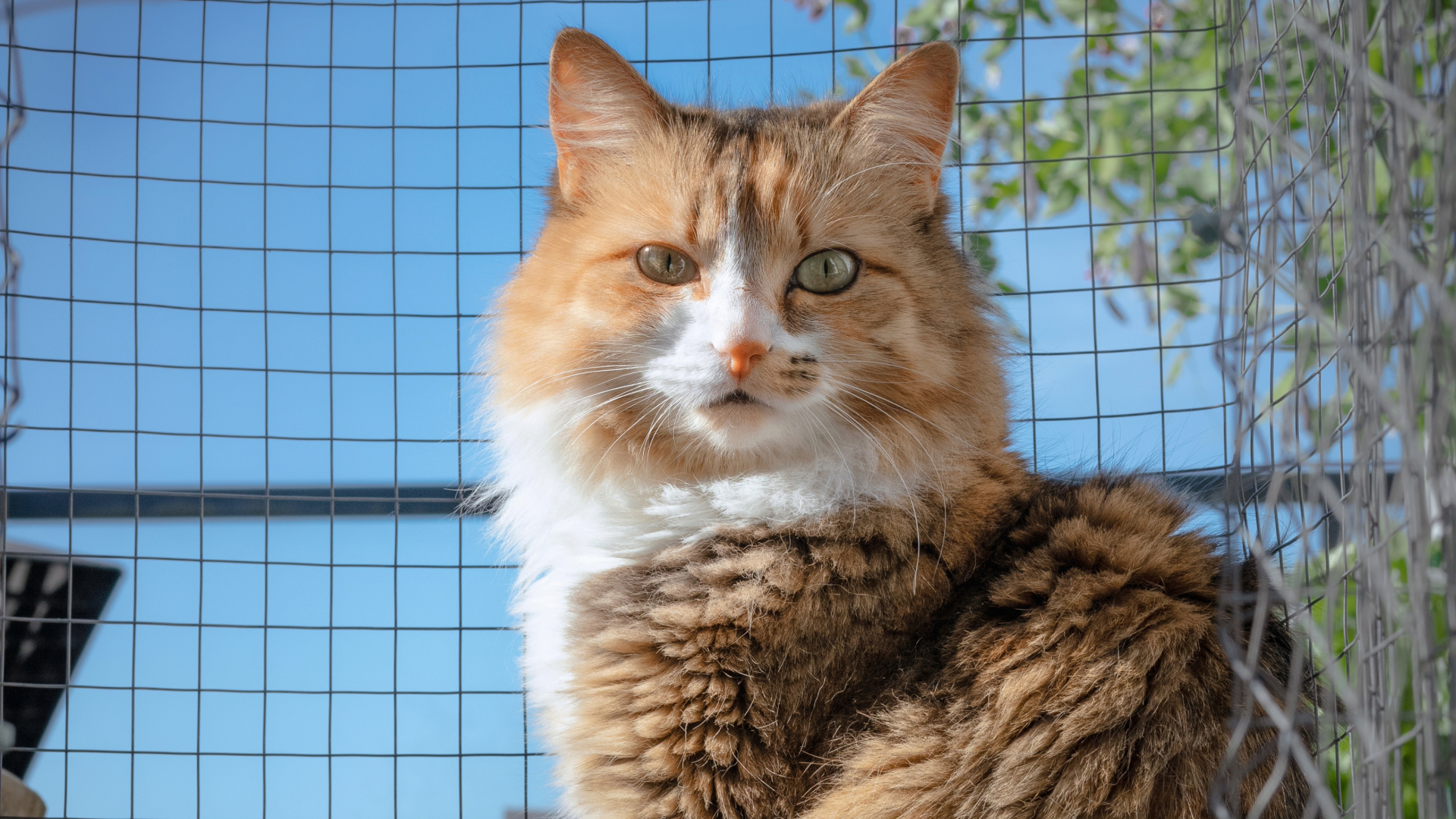
Is it cruel to turn an outdoor cat into an indoor cat?
Transitioning an outdoor cat to indoor life isn’t automatically cruel, especially if the change is necessary for their health or safety. In fact, many cats adjust well with the right support. There are many good reasons owners may be considering the change, these include:
- Moving to a new home near busy roads
- Conflict with neighborhood cats
- Concerns about theft or poisoning
- Illness, injury, or old age
To help your cat make the switch, follow these steps:
- Make the indoors exciting: As mentioned above, set up enrichment stations with toys, scratching posts, and climbing areas to mimic outdoor variety.
- Use a gradual approach: Let them spend increasing amounts of time inside while maintaining a routine. Gradual changes reduce stress. You might also want to consider putting them on a harness for the first time.
- Offer views and fresh air: A secure window perch, open windows with screens, or a small catio can help ease the transition.
- Keep to a routine: Cats are creatures of habit. Stick to regular feeding and play schedules to offer a sense of stability.
- Use calming aids: Synthetic pheromone diffusers (like this one on Amazon) can support relaxation and ease anxiety during the transition.
With time, most cats adapt and may even come to prefer the comfort and security of indoor life. Keeping a cat indoors isn’t inherently cruel. It all comes down to how their environment is managed.
With plenty of stimulation, opportunities for play, and focused attention, indoor cats can lead safe, healthy, and fulfilling lives. Every cat is different, so the best choice will depend on their personality, health, and your home setup. Your vet will always support you in making informed decisions that prioritize your cat’s wellbeing.
You might also want to read about the pros and cons of indoor vs outdoor cats, discover the best indoor cat breeds and our top picks of the best outdoor cat enclosures. Or, learn how to set up the perfect catio and how far do cats roam
Edited by Megan Milstead.
This page was last updated in April 2025 by Emma Chandley.
Emma Chandley is a vet with 14 years of experience and has a keen interest in surgery. After graduating from the Royal Vet College in London in 2011, she achieved a postgraduate certificate in small animal surgery from the British Small Animal Veterinary Association and Nottingham Trent University. She was then awarded advanced practitioner status in the same discipline by The Royal College of Veterinary Surgeons. She has a black Labrador and two pygmy goats at home.
